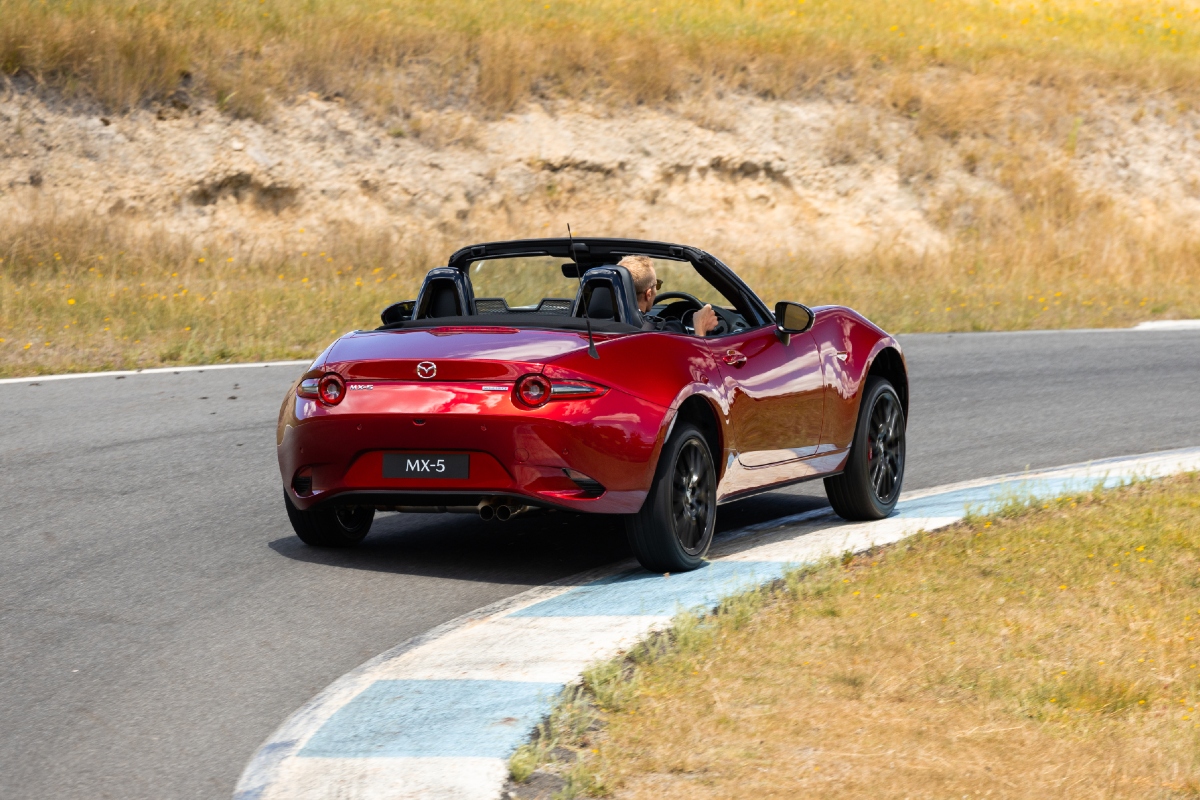
Aston Martin recently hit pause on development of its electric vehicles to focus on plug-in hybrid versions of its famous sports cars. Its owner, executive chairman Lawrence Stroll, told Autocar that the brand expects PHEVs to be more than a bridging technology and will remain legal well into the 2030s and beyond.
With Aston Martin hoping to pair PHEV technology with V8s, this offers a glimmer of hope for those who love internal combustion performance cars.
While battery electric vehicles (BEVs) and hybrids are hogging most of the new technological limelight, plug-in hybrid electric vehicles (PHEVs) are already emerging as the savior for the internal combustion engine – or at least a technology that could keep them around for a few more precious years. By fitting a petrol-powered car with an electric motor and decent-sized battery, PHEVs grant a degree of electric-only range, dramatically reducing the emissions produced by a vehicle that’s also got an engine onboard.

Performance cars taking advantage of the PHEV approach exist even now. Take the new Lamborghini Revuelto.
The Italian brand could have buckled to emissions pressure and fitted a twin-turbo V8, but instead it installed a dirty big, 6.5-litre naturally aspirated V12. It can get away with that because it’s a plug-in hybrid. (Overlooking the fact it can only travel about 10km in its paltry electric-only mode.)
Ferrari has done the same with its SF90 Stradale – which uses a twin-turbo V8 – and new 296 GTS, which mates a PHEV system to a twin-turbo V6. And to great effect, we might add. Somewhat more usefully, both Ferraris can manage more like 25km using electrons only.
It’s easy to imagine Ferrari using the same system with a naturally aspirated V12, much like Lamborghini – although that could be wishful thinking on our part.
The next Porsche 911 will be hybridised, and a PHEV-capable version is surely in its future. A future-generation 911 GT3 could continue to use a naturally-aspirated flat-six, but incorporating a small-yet-powerful electric motor and plug-in-fed, energy-dense battery pack providing some electric-only range. Again, we hope.

At the more affordable end of the spectrum, PHEV is already making hot hatches significantly greener. The 180kW Cupra Leon VZe, which you can buy right now, previews a PHEV hot hatch with electric-only range – and a rorty internal combustion engine.
Some of the world’s brightest engineering minds are focused on creating more energy-dense batteries at lower cost for electric vehicles, and this could have an unexpected upside for those who find electric vehicles as interesting as Weet-Bix in water.
More energy-dense batteries will mean greater range, reducing emissions further – but also meaning smaller, lighter batteries can be used to achieve the same thing.
It could be imagined PHEV keeping something like a Mazda MX-5 powered by a naturally aspirated inline-four – and without too much a weight penalty, provided it was fitted with a sufficiently energy-dense battery.

Electric motors could continue to pack more output for their size and weight, meaning the combustion engine could be smaller and lighter – fitted more for sound and experience, than outright propulsion.
This could bridge us to a future where renewably produced, carbon-neutral ‘eFuels’ are a thing – or where hydrogen is so abundant nobody has any issue with burning it in an internal combustion engine. (Doing so is significantly less efficient than using it in a fuel cell.)
At the very least, PHEV throws something of a lifeline to the internal combustion engine – and for fans of petrol-powered performance vehicles, is a technology to get behind.
Would you buy a plug-in hybrid performance car – or just go straight to electric? Let us know in the comments or join the discussion on social media.













Discussion about this post